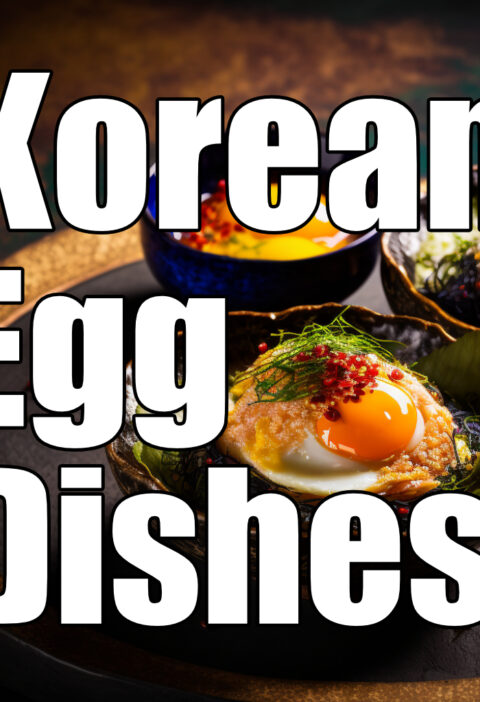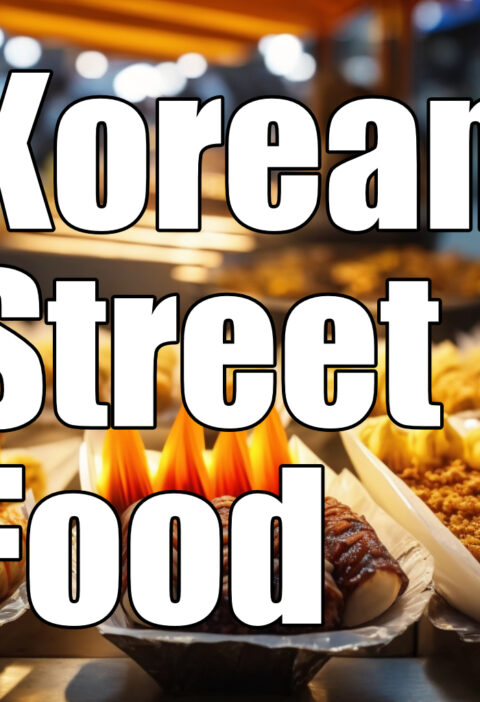“Seollal,” or Korean New Year, is a time for family gatherings and traditional celebrations. The food is one of the most important aspects of the holiday. There are many delicious and symbolic dishes served during Seollal, ranging from tteokguk (rice cake soup) to ddeokguk (rice cake soup with dumplings). We will look at some of the most popular Korean New Year’s Day foods and their significance in this guide.
Tteokguk: A Year-End Tradition
Tteokguk is a traditional New Year’s Day dish. The round shape of the rice cakes represents completeness and unity, and eating tteokguk is thought to bring good luck and success in the new year. Tteokguk is a savory broth topped with sliced rice cakes and a raw egg.
Ddeokguk: A Filling New Year’s Day Dish
Ddeokguk is a tteokguk variation that includes glutinous rice flour dumplings. Mandu, or dumplings, are frequently filled with meat or vegetables. Ddeokguk is a filling and hearty dish that is ideal for a cold winter day. Dumplings also represent wealth, and many families make their own dumplings to share.
Japchae: A Colorful and Delicious Dish
Japchae is a popular Korean dish that is frequently served at special occasions such as the Korean New Year. It’s made with sweet potato noodles, vegetables, and meat (usually beef). The dish is stir-fried and frequently served with sesame oil and soy sauce. Japchae is a vibrant and tasty dish that is sure to impress your guests.
Janchi Guksu: A New Year’s Noodle Dish
Janchi guksu is a popular Korean noodle dish that is frequently served at New Year’s. The dish is made up of thin wheat flour noodles called somyeon, as well as various vegetables and meat. The noodles are typically served in a clear broth with green onions and sesame oil on top. Janchi guksu is a warming and filling dish ideal for a cold winter day.
Nakji Bokkeum: Ring in the New Year with Flavor
Nakji bokkeum is a traditional Korean dish that consists of stir-fried octopus, vegetables, and gochujang (red pepper paste). The dish is spicy, savory, and slightly sweet, making it a perfect match for Korean flavors. Nakji bokkeum is a delicious dish to share and is ideal for a family gathering.
Kimchi: A Familiar Taste in a New Year
Kimchi is a spicy and sour fermented vegetable dish that is a Korean culinary staple. It’s made with Napa cabbage, radishes, or other vegetables, as well as a spicy seasoning blend that usually includes chili peppers, garlic, and ginger. Kimchi is an excellent side dish for any meal, but it goes especially well with rice and meat dishes.
Finally, Korean New Year’s Day is a celebration of family, friends, and traditional food. There are many delicious and symbolic dishes served during Seollal, ranging from tteokguk to japchae. We hope this guide has helped you understand the significance of some of the most popular Korean New Year’s Day foods.






